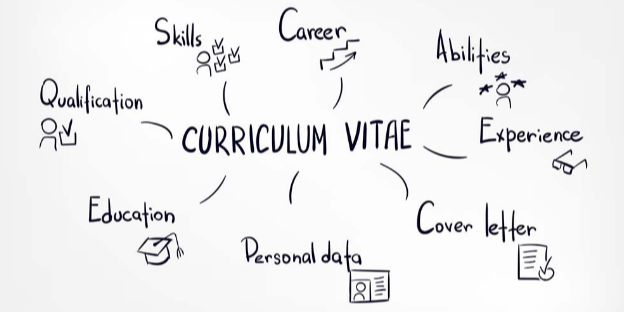Natata/Shutterstock
Your academic CV might not be serving you as well as you think when applying for roles in academic leadership. The reason is often a lack of synergy with your cover letter. In her article on cover letters, my colleague Randi Miller compares a cover letter to extra “real estate” in which you “explain how your experiences align with the priorities of the job for which you are applying.” There is no greater real estate than your CV, of course, but only if the cover letter and CV are in sync.
While the CV is, as Randi points out, an “overview of your experience,” it is also a quantifiable record of that experience. As such, it should supply data and outcomes to support your professional accomplishments. I like to think about two strategic goals when advising candidates on their materials. The first is to organize your CV so its format and content address the questions of the committee up front and capture and hold their attention. The second is to “map” your accomplishments onto your letter.
This requires adapting both your CV and cover letter to a given position, which seems like a lot of work, but this extra effort will get you noticed. Here are recommendations for modifying your CV to ensure alignment with the cover letter:
Cover the requirements first.
Make sure your educational background and earned degrees are listed near the top. When there are academic requirements for a role, checking off that you hold the minimum qualifications will be of first order for evaluators. Next, organize your administrative roles in reverse chronological order and include start and end dates. Like your degree, there may be a minimum amount of experience needed to be considered for the role.
Quantify your accomplishments in the areas important to the search committee.
Following the title and tenures of each role and its institution, use clear, succinct bullets with quantifiable data to demonstrate your portfolio and achievements. You might consider organizing your bullets in the same order as the opportunities and expectations described in the leadership profile.
Frontload your administrative success.
Many academics want to fully share their scholarly accomplishments. While the faculty may value the fact that you were a successful scholar, remember that academic administrators are not hired to do research. Your administrative accomplishments are better indicators of whether you will be a successful leader. You may wish to limit this section on your scholarship to “select” examples and link to your Google scholar page or some other more inclusive digital list.
Ensure that the CV steers the committee toward compelling narratives in your letter.
Whereas your CV speaks to WHAT you’ve done, the cover letter speaks to HOW. Your CV will be a thorough list of your portfolio and its accomplishments. Your cover letter will take a few exemplary bullet points and tell brief narratives that lead the committee to draw positive conclusions about the skills and qualities you possess. You should choose to elevate the qualifications and skills the committee values.
Take this fictional and hyperbolic example:
If you were applying to be the vice president of enrollment, you might have a bullet in your CV that states that you increased enrollment by 200% over five years, a total of 60 students, in your most recent role. This enrollment growth led to the addition of a special faculty line for STEM innovation. Your cover letter would have a short (4-sentence) paragraph that explains how you collaborated with STEM professors and students to run mini-science fairs at every high school in your state (let’s hope it was a small state). Your resulting engagement with talented science students, their teachers, and counselors resulted in a robust enrollment pipeline. All 60 students in your CV bullet matriculated because of your initiative. The search committee would naturally conclude that you were creative, hard-working, collaborative, and organized.
Final Thoughts
The following is a checklist for drafting a CV that works in strategic partnership with your cover letter. Did you:
Frontload information of critical interest to the committee? Provide evidence (data) for the success of your initiatives and accomplishments? List your accomplishments and skills to be in parallel with those described in the leadership profile? Find ways to capture your scholarship prowess without losing the focus on administrative skills? Use your CV like a movie trailer, setting the stage for a compelling narrative in the cover letter?
While it takes more time to organize your CV and cover letter to support each other and address the individual opportunity for which you are applying, the work is well worth it. In doing so, you will ease the burden the committee has in finding the alignment between you and the opportunity and share a compelling, deeper story about yourself.

























